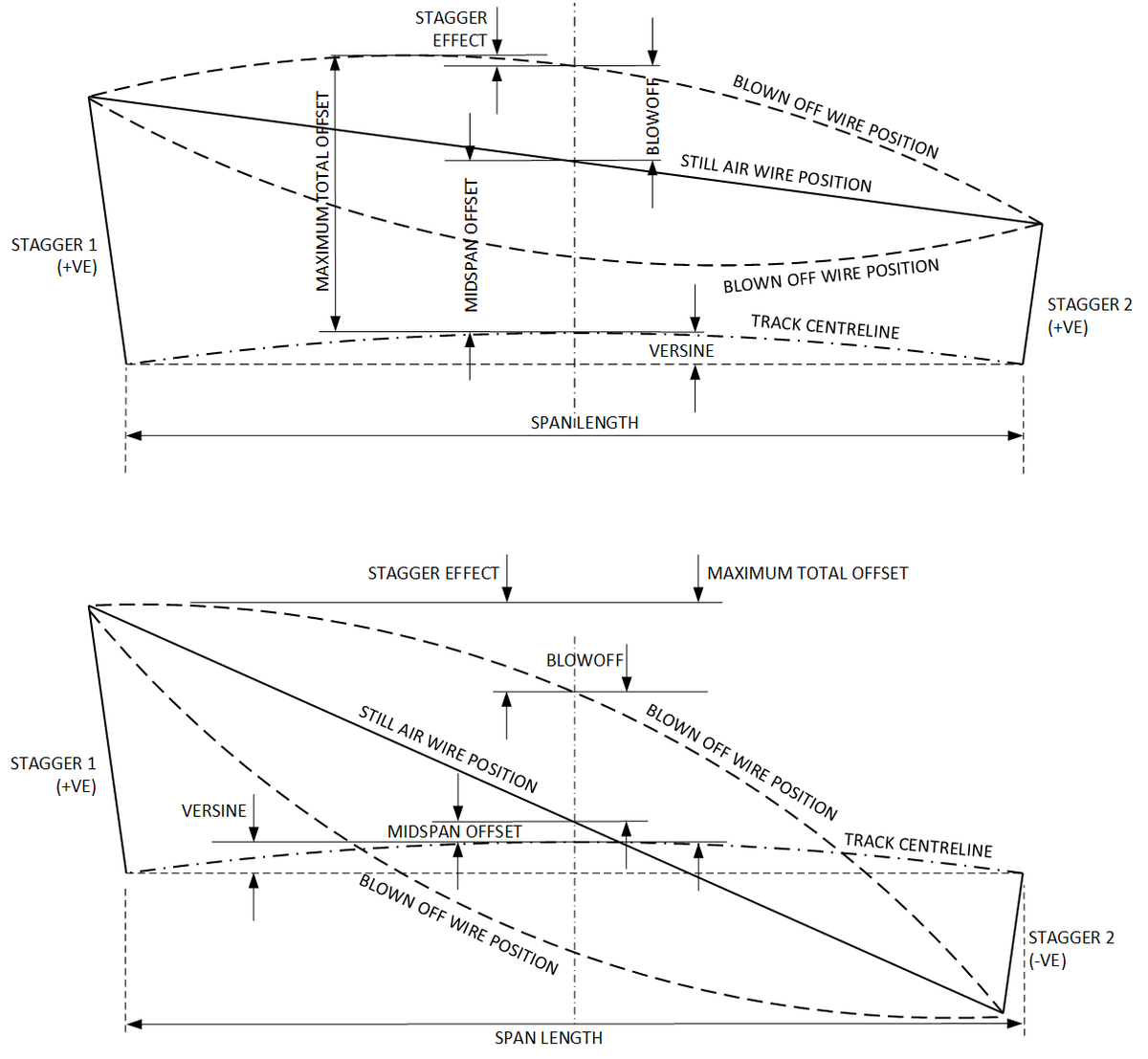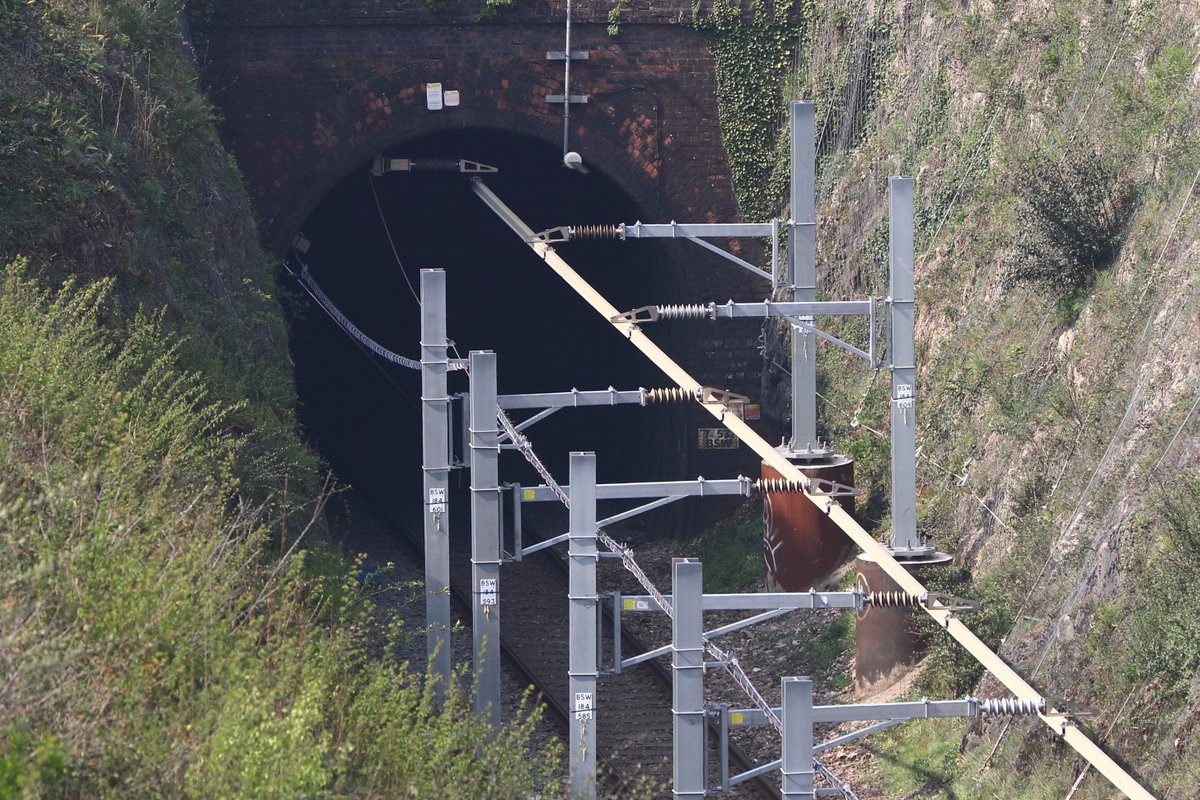No sniggering. Yes, you at the back. I saw you. STOP IT
This is that thread.
1/
But wind affects a lot more than just the wire...
2/
Doesn't sound too hard does it? THINK AGAIN DEAR READER
3/
4/
But what's this all got to do with wind? I'M GETTING TO THAT
5/
And that eats further into our allowance
6/
9/
OK lets talk about wind! How do we decide what windspeed to use? Lots of people assume that we go out with an anemometer on a windy day and measure it.
10/
drive.google.com/open?id=1PiVy4…
12/
They represent the predicted maximum wind gusts, averaged over a 10 min period, that will be seen during the most extreme storm you will see over a 50 year period.
13/
14/
Well, no actually. Lets have a look at those windspeeds; and let's pretend that we are going to electrify the route nearest my house, in not-very-windy Wiltshire
15/
That's 48mph - a fairly fierce storm. Things get worse the further north you go - by the time you reach Glasgow its 55mph.
16/
17/
18/
We turn this speed into a wind pressure, then calculate how much it moves the wire. Too much movement means we must tweak staggers or reduce structure spans
19/
There are worse things that can happen.
20/
21/
I. SAID. NO. SNIGGERING!
As always, you can find out more about wind and OLE by downloading the book from ocs4rail.com/downloads. Sections 10.10 and 10.14.2 refer....
ENDS/











